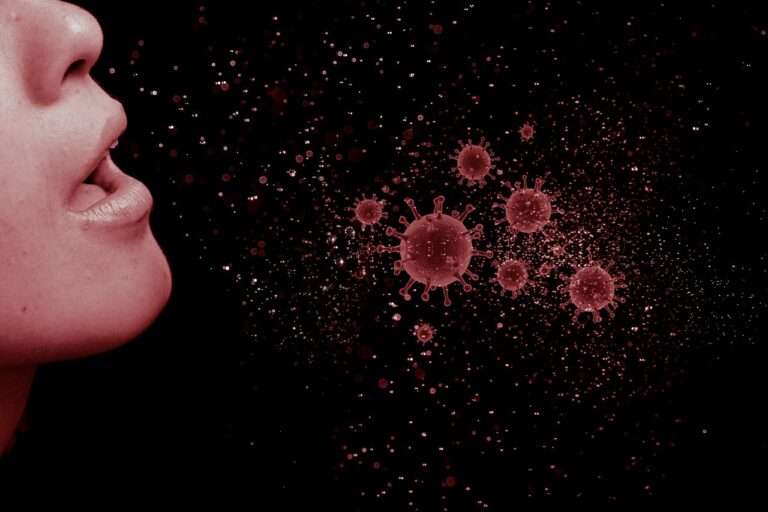Water damage in a home is a serious issue, but one often-overlooked consequence of flooding, leaks, or even high humidity is mold growth. Mold can start developing in as little as 24 to 48 hours after water exposure, making it a hidden hazard that can quickly spread before you even realize it’s there. If you’ve recently dealt with water damage or a leak, here’s what you need to know about how mold can creep in and why immediate action is essential.

Why Mold Growth After Water Exposure Is So Common
Mold thrives in moist, humid environments, which means that any situation involving water in your home—from flooding and roof leaks—can create an ideal environment for mold spores to settle and grow. Unfortunately, mold often grows in places that aren’t easy to see, such as inside walls, under flooring, or behind ceiling panels, allowing it to thrive unnoticed. This hidden growth can lead to significant health risks and costly repairs if left unchecked.
Why Mold Can Be Sneaky
- Hidden Spots: Mold often grows in hidden areas that aren’t part of daily visual checks, like behind walls, under carpets, or inside HVAC systems.
- Silent Spread: Unlike other pests or damage, mold doesn’t make noise as it spreads, so you may not realize it’s there until it’s affecting your health.
- Minimal Initial Signs: In the beginning stages, mold may not be visible or produce any smell, but it still releases spores and toxins into the air.
The Health Risks of Hidden Mold
Mold can produce allergens, irritants, and even toxic substances called mycotoxins. Exposure to these can lead to various health issues, including:
- Respiratory issues: Coughing, sneezing, and shortness of breath.
- Allergic reactions: Itchy eyes, rashes, and nasal congestion.
- Asthma triggers: Mold can worsen asthma symptoms and cause attacks.
- Toxic effects: Long-term exposure to certain types of mold can lead to more severe health problems.
These risks are particularly concerning for people with compromised immune systems, children, and the elderly.
How Mold Hides in Your Home
When water seeps into porous materials like drywall, insulation, or wooden beams, it creates the perfect breeding ground for mold. Some common areas mold hides after water exposure include:
- Under carpets and padding
- Inside wall cavities
- Behind baseboards and wallpaper
- Within HVAC systems
- Around window frames
Because mold spores are microscopic, they’re easy to miss. You might notice a musty odor before you see any visible signs of mold.
Signs That Mold Might Be Lurking in Your Home
Here are some signs that mold might be hiding in your home, even if you can’t see it:
- Persistent musty odors: A damp, earthy smell is often a giveaway.
- Water stains or discoloration: Dark spots on walls, ceilings, or floors can indicate past water exposure.
- Peeling wallpaper or bubbling paint: Water damage can cause these effects, which also promote mold growth.
- Increased allergy symptoms: If you or your family members experience more frequent sneezing, coughing, or congestion at home, mold could be to blame.
What to Do If You Suspect Mold After Water Exposure
If you think you have mold, it’s crucial to address it right away. Mold remediation may be necessary to ensure it’s thoroughly removed. Here are some steps to take:
- Inspect High-Risk Areas: Check for mold in common hiding spots, especially if you’ve recently had water damage.
- Contact a Mold Inspection Professional: Certified inspectors can locate mold even in hidden areas and identify the type of mold you’re dealing with.
- Hire a Remediation Specialist: Mold remediation professionals will safely remove the mold and take steps to prevent future growth.
- Address Any Remaining Water Issues: Ensure that any leaks or moisture problems are fully resolved to prevent mold from coming back.
Preventing Mold After Water Exposure
Preventing mold after water exposure involves drying out affected areas as quickly and thoroughly as possible. Here’s how:
- Dry wet areas immediately: If there’s a leak or flood, dry affected areas within 24-48 hours if possible.
- Use fans and dehumidifiers: Improve airflow and reduce humidity, especially in closed-off areas.
- Ventilate damp areas: Proper ventilation in bathrooms, kitchens, and basements helps prevent moisture buildup.
- Check your HVAC system: Keep filters clean, and consider an air purifier with a HEPA filter to reduce mold spores in the air.
Mold may be sneaky, but with awareness and prompt action, you can help to prevent it from becoming a serious problem in your home. If your home has been exposed to water and you’re concerned about potential mold growth, a professional mold inspection can offer peace of mind. By staying vigilant and addressing water issues immediately, you can protect your home and your family from the health risks associated with hidden mold.
For those in the Bradenton, Sarasota area, our mold inspection and remediation services are here to help. Don’t let mold take you by surprise—contact us today for a thorough inspection and let us keep your home safe and healthy!



